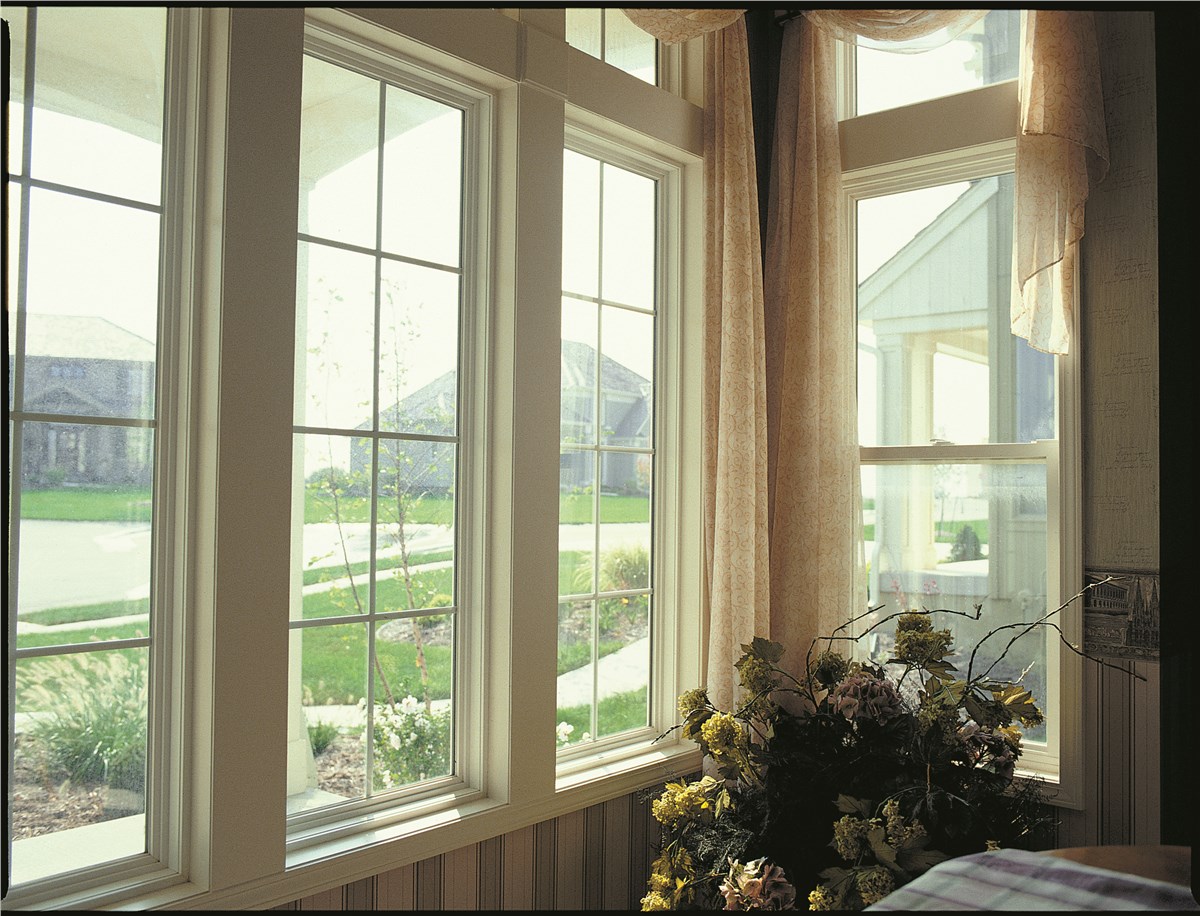Energy-Efficient Windows: How Much Money Will They Save You?

Purchasing energy-efficient windows for your home is a smart investment that can reduce your monthly utility costs. Climate control accounts for 48 percent of the average U.S. Home’s energy usage. The right windows, however, will reduce your home’s heating and cooling needs by trapping thermal energy indoors.
ENERGY-STAR Windows
Windows touting the ENERGY-STAR logo are designed with strict standards to achieve a higher level of energy efficiency. According to the organization’s website, replacing conventional single-pane windows with ENERGY-STAR windows yields an average savings of $126 to $465 per year.
Low-E Windows
Another type of energy-efficient window is low emission. Also known as low-e windows, they feature a special coating to better control thermal energy movement. You can expect to pay more than low-e windows than conventional windows, but it’s a smart investment that will save you money over time. According to the Department of Energy (DOE), low-e windows are 30 percent to 50 percent more energy efficient than conventional windows. Contact a window company like Pella Windows and Doors of Wisconsin for more information.
Heat-Absorbing Windows
Featuring a tinted surface to absorb solar energy, heat-absorbing windows are an excellent option to consider when replacing your home’s windows. Rather than simply reflecting off the surface, sunlight absorbs through these windows and into the home. For homeowners living in cold climates, heat-absorbing windows can significantly reduce heating costs during winter.
Gas-Filled Windows
It’s no secret that double-pane windows are more energy efficient than single-pane windows. The space separating the two panes insulates and protects against thermal loss. However, not all double-pane windows feature air between the two glass panes. Some are actually designed with gas. Gas-filled windows provide greater energy efficiency than air-filled windows. Argon and krypton, for example, are denser than air; thus, improving the windows’ thermal efficiency.
Energy-Efficient Frames
The frames used in a window’s construction will affect its energy efficiency level. Aluminum and other metal frames, for example, offer minimal protection from thermal loss. However, fiberglass and vinyl frames are often filled with insulation to achieve a higher level of energy efficiency. When used in conjunction with the right windows, energy-efficient frames can reduce your home’s energy usage and lower your electric or gas utility bills.
If you’re ready to take advantage of the cost-savings benefits of energy-efficient windows, contact a professional window replacement company today. They can provide personalized recommendations to achieve the highest level of energy efficiency in your home.

0 Comments
Recommended Comments
There are no comments to display.